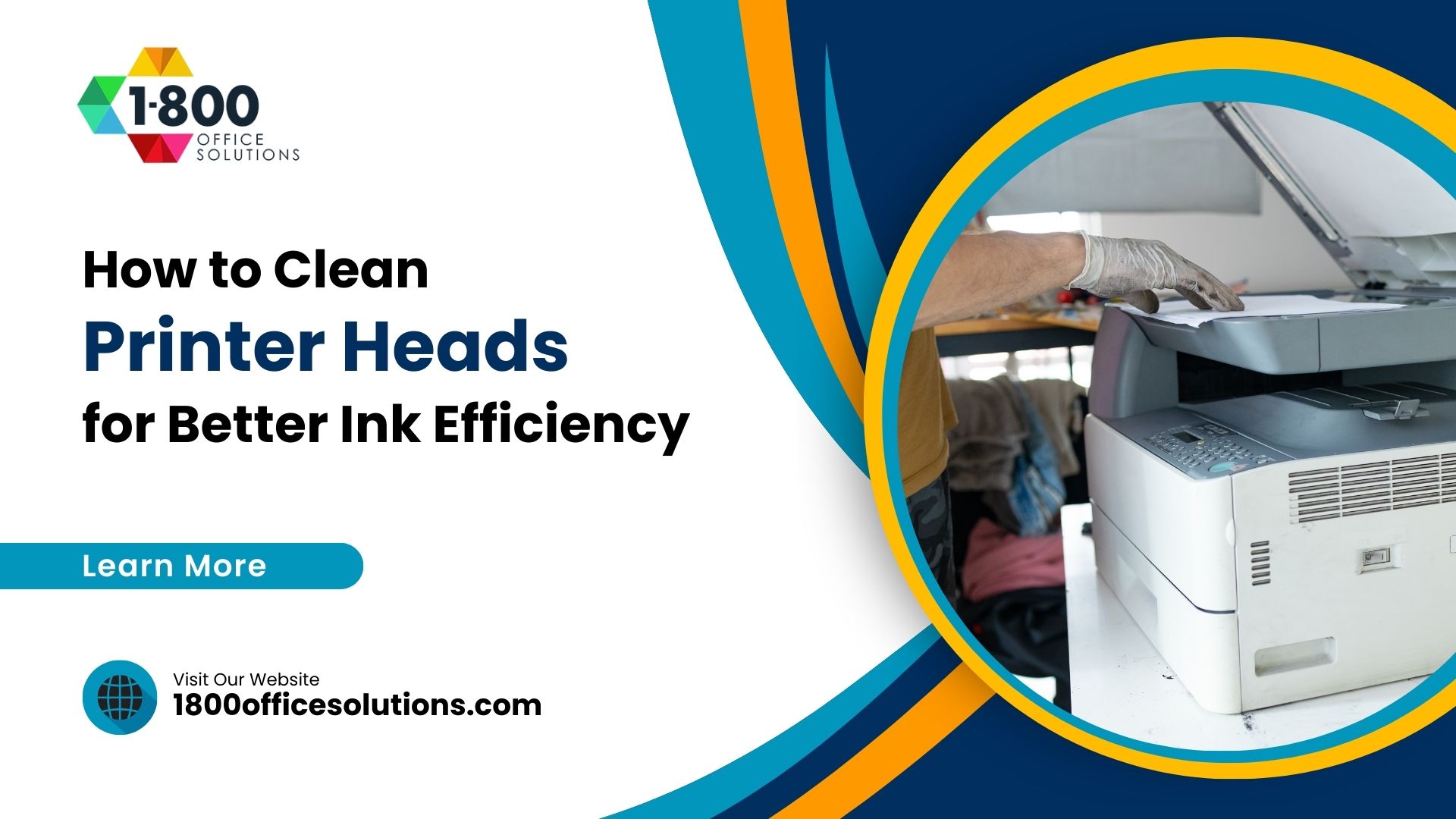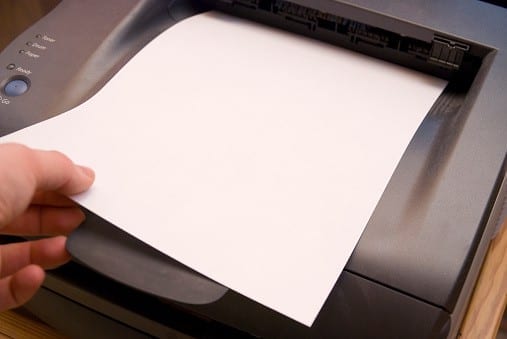Expert Tips for Waste Toner Container Reset in Phoenix
Waste Toner Container Reset in Phoenix
For office equipment maintenance, understanding the intricacies of a waste toner container is pivotal. This component, often overlooked, plays a crucial role in ensuring the longevity and functionality of your printer. Essentially, a waste toner container is a repository within laser printers designed to collect surplus toner that does not adhere to the paper during the printing process.
Understanding and maintaining this component not only safeguards the printer from potential damages but also guarantees high-quality prints. Moreover, it aids in averting frequent cartridge replacements, thereby being a cost-effective solution. In this post, we delve deeper into the indispensable role of waste toner containers and offer a detailed guide on their maintenance, a knowledge base that every printer user must be equipped with. Let’s navigate through the essential information that this guide has to unfold.
Handling Waste Toner Containers
To ensure that your printer serves you efficiently for a prolonged period, acquainting yourself with the handling of waste toner containers is vital. Here we show you how:
- How it Collects Excess Toner: The container operates with sensors that detect and gather the surplus toner, preventing it from spilling inside the machine or causing any damage. This mechanism is integral in maintaining the printer’s functionality and averting potential issues. Learn more from HP’s official guide on how different models incorporate this feature.
- Importance for Printer Maintenance: Keeping the waste toner container clean and empty is essential for the printer’s overall health. It prevents clogs, maintains print quality, and extends the life of the printer. Regular checks can prevent unexpected interruptions in printing, a practice that should be a norm in every office.
- Signs of a Full Waste Toner Container: Modern printers exhibit signs such as error messages or compromised print quality, indicating that the container needs attention. Being vigilant to these signs can save you from a sudden halt in your printing tasks.
- How to Check the Waste Toner Container Status: Regular inspection of the container’s status is essential. This can be done through the printer’s menu or by physically inspecting the unit. If unsure, please refer to the printer’s manual or seek guidance from Smart Technology Experts.
Resetting the Waste Toner Container
Resetting the waste toner container is a practice that extends beyond just averting printer issues; it is about embracing responsible practices that have a positive impact on our environment. Here’s a detailed breakdown:
Benefits of Resetting
- Cost Savings: Resetting allows you to extend the lifespan of your cartridges, reducing the need for frequent replacements and, consequently, saving money.
- Environmental Benefits: Toner cartridges and containers are often made of non-biodegradable materials. By resetting and maintaining them properly, you contribute to environmental conservation.
- Maintaining Print Quality: Regular resetting ensures that the print quality remains unhampered, preventing issues like streaking and uneven printing.
Compatibility with Various Brands: Whether you are using Canon, HP, or any other brand, understanding how to reset and maintain the toner cartridges is essential. Different brands may have specific methods for handling this, necessitating consultation of the manual or a specialized dealer.
General Overview of Resetting: Resetting involves clearing the error message that indicates the cartridge is empty, even if there’s still toner left. This process helps in utilizing the excess toner that might remain in the cartridge, ensuring that not a single page goes to waste in your next print job.
Specific Methods for Different Printer Brands
- HP: Open the front door and locate the waste toner container. Remove the full container and prepare a new waste toner container. Slide the new container into place and close the door. Check if the waste toner container message has cleared before proceeding with your next print task.
- Xerox: Begin by opening the front door and locating the waste toner bottle. Remove the bottle carefully to avoid any spill, empty it into a bag, clean the clear plastic area, and then reinsert it into the machine.
- Brother: Open the front door of the printer, press the designated button or switch for resetting, select the toner you wish to reset (e.g., black, color), and then close the front door firmly. Ensure the reset message clears before you continue printing.
Resetting the waste toner container is not just a maintenance routine but a practice that embodies economic prudence and environmental conservation. It ensures that your printing needs are met with efficiency and quality, offering substantial support to your printing endeavors. Stay tuned for more insights in the upcoming sections where we will explore how to extend the life of your toner cartridges, a guide to a smooth and efficient printing experience.
Extending the Life of Your Toner Cartridges
In the dynamic world of printer maintenance, the focus often shifts towards the toner cartridges. These are the heart of the printer, the hardware that houses the toner powder which is essential in creating the prints. Extending the life of your toner cartridges is not just a choice, it is a necessity that comes with a plethora of benefits.
Firstly, it is a step towards environmental conservation. By reducing the frequency of replacement, you are directly reducing the waste toner that ends up in landfills. Economically, it means less frequent purchases of new cartridges, which can be quite a sharp drain on your resources. Moreover, it ensures the consistent quality of prints, avoiding situations where the prints come out faded or streaked. In the subsequent sections, we delve deeper into the tips that can help in extending the life of your toner cartridges, a practice that is both economically beneficial and environmentally responsible.
Tips for Extending the Life of Toner Cartridges
Understanding the mechanism of toner cartridges and how to maintain them can save you from the annoying error message that pops up when the toner is low. Here are some tips to help you in this endeavor:
Proper Handling and Storage
- Handling: Always handle the cartridges with care to avoid any damage to the drum or other sensitive parts.
- Storage: Store the cartridges in a cool, dry place, away from direct light to maintain their condition.
Regular Cleaning and Maintenance
- Cleaning: Regular cleaning is essential. Make sure to clean the cartridge and the surrounding area to prevent toner from blocking the sensor.
- Maintenance: Adhere to a maintenance schedule to ensure optimal functioning. Regular checks can prevent unexpected interruptions.
Recycling and Refilling Options
- Recycling: Consider recycling the cartridges rather than disposing of them. Many manufacturers offer recycling programs.
- Refilling: Refilling is a more economical option compared to buying new cartridges. However, ensure it is done by a professional to maintain quality.
For more detailed guidance, you can visit this forum where experts share insights on the best practices for maintaining your cartridges.
Brand-Specific Tips and Avoiding Unnecessary Printing
Different brands have distinct setups and mechanisms, understanding which can aid in better maintenance of your cartridges. Here are some insights:
Canon
- Eco-friendly Settings: Utilize the eco-friendly settings available in Canon printers to save on toner.
- Maintenance: Regular maintenance as per the guidelines in the manual is essential.
HP
- Genuine Products: Always use genuine HP products to ensure the best quality and compatibility.
- Error Messages: Be attentive to the error messages displayed on the panel and take necessary actions promptly.
Xerox
- Regular Checks: Regular checks of the toner level can prevent sudden halts in your printing tasks.
- Refilling: Consider refilling options available for Xerox cartridges to save costs.
What People Also Ask
How often should I check the waste toner container?
It is advisable to check the waste toner container regularly, especially if you print frequently. Most modern printers will notify you with an error message when the waste toner box is full. Regular checks can prevent unexpected interruptions in printing.
Can I empty the waste toner container myself?
Yes, you can empty the waste toner container yourself. However, it’s essential to follow the proper instructions to avoid spillage or damage. Make sure to handle the waste toner bottle carefully and clean any excess toner.
What are the risks of not resetting the waste toner container?
Not resetting the waste toner container can lead to error messages, printing interruptions, and potential damage to the printer. The printer may read the waste toner box as full, even if it’s not, blocking further printing. Regular resetting ensures smooth operation.
How do I know if my toner cartridge needs replacing?
Signs that your toner cartridge needs replacing include faded prints, streaks, and consistent error messages. If cleaning and resetting don’t resolve the issue, it may be time to replace the cartridge. Always consult your printer’s manual or dealer for specific guidance.
What are the environmental impacts of toner waste?
Toner waste can have significant environmental impacts. The plastic used in toner cartridges is non-biodegradable, and the chemicals in the toner can be harmful. Recycling and properly disposing of toner waste can mitigate these effects.
Conclusion
As we sit at the juncture where we are wrapping up our detailed guide on extending the life of your toner cartridges, it is imperative to remember that this practice is not just about saving money. It is about embracing a culture of responsibility, a commitment to a sustainable future where we are conscious of the footprints we leave behind.
We urge you to adopt these practices, not just as a cost-saving mechanism but as a choice for a greener future. It is a call to action for every individual and business entity to be more responsible and to contribute positively to the environment. Let us make sure that every step we take is a step towards a sustainable future, a future where we coexist harmoniously with nature.












